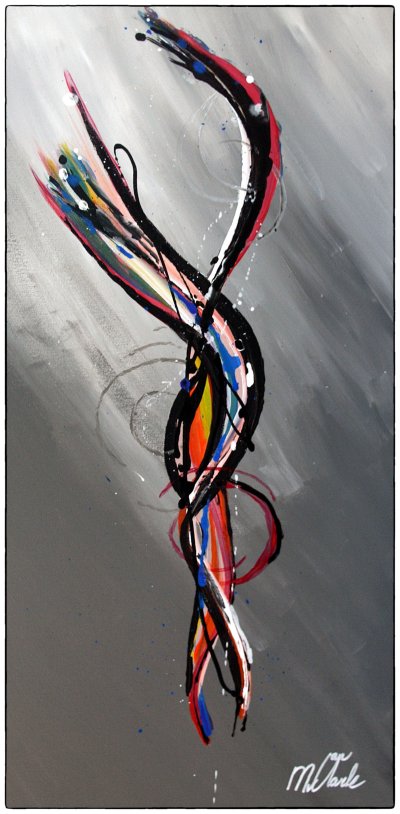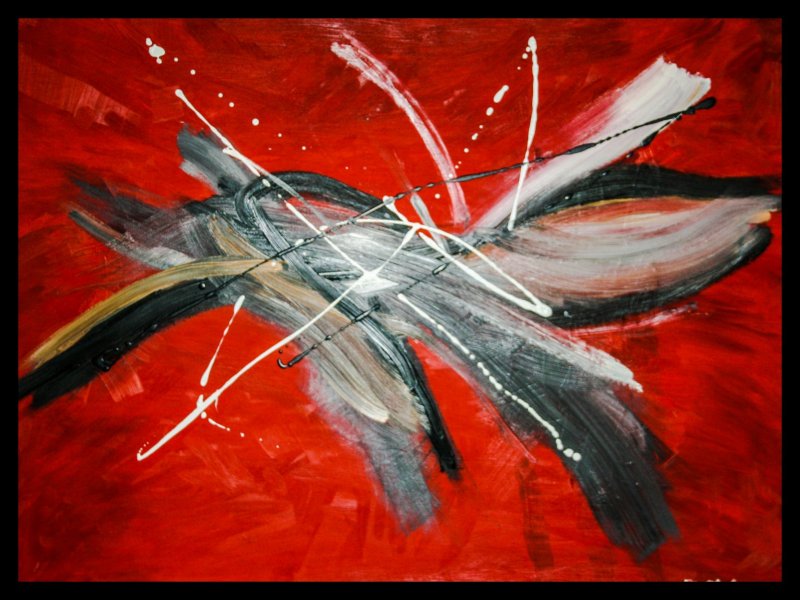H o m e | A r c h i v e s | A b o u t | C o n t a c t | B u y a n A d | S u b s c r i b e | O n l i n e A r t G a l l e r y
Calendar of Events
October
November
December
Featured Artist:
Mandy Van Aarle
Featured Event:
Greenwood StoryFest
Featured Organization:
Pure Art - Guatemala
Theatre:
Hudson Village Theatre
New Theatre:
Dance of the Spitfires
Featured Artist Mandy Van Aarle
Mandy Van Aarle creates paintings and photographs, inspired by her surroundings as well as her emotions. Her realistic paintings and photography strive to capture the essence of the subject but her non-objective abstract art is pure feeling, projected onto the canvas.
Born in Holland, Mandy Van Aarle came to Canada with her mother in 1986 and settled in Pierrefonds. Now living on Ile Perrot, Mandy spends her free time being creative with many artistic methods, but is becoming more focused on her painting. She says, ďAny weekend I can spend painting is a great weekend.Ē
Visit Mandyís Store: www.etsy.com/shop/mvagallery

While Mandyís paintings show several distinct styles, there is no progression from one to another. The examples in this issue are grouped by type of subject but they are all contemporary. Mandy paints as she is inspired. Sometimes she produces a more realistic work and sometimes an abstract one. Most of her works are in acrylic and also use oil and epoxy resin but she has recently started in realism with watercolour where she can explore new effects.
Some of her works are inspired by specific objects that catch her eye while at other times she works from abstract concepts such as mosaics. She dedicates works to her daughter and sometimes creates abstract swirls based on how she feels at the moment.
She mentions being inspired by the works of a long line of artists on her motherís side, the Kortelings, and by artist Stefanie Rivet. Stefanieís work also has geometric shapes and bright colours like Mandyís mosaic-style paitings but it is more structured and restrained. Mandy lets herself explore the shapes that come into mind freely and the resulting works are more complex.
While Mandy creates her works as an expression of her vision of a particular object or concept, she finds painting her abstarct works more difficult than realism. At the same time, she experiences a greater freedom to express her feelings and what is on her mind when she produces these works. She can accurately portray a flower or bird, even exaggerating certain qualities to make the objects more attractive, but non-objective art can be more liberating. Free from the limitations of realistic images she first has to set her mind free and then capture what she is thinking. The results are the swirls she sometimes calls doodles, intriguing with their complexity but balanced and harmonious.

When painting abstract non-objective works, Mandy is often inspired by music, her feelings or impressions. Musical themes, such as the vertical pieces Adagio above remind the viewer of musical notes or sounds. Dragon Flight and Frozen in Fire below rely on different conceptualization.

Mandy says the shapes just happen but she draws on her sense of colour and her emotions to choose the shadings. She chooses some colours for their contracting effect while others are complementary. Adagio has a plain background and a simple shape overall but then there are interesting details and slight imbalances. Patches of unexpected colour add to the effect. Taking the music metaphor further, you can hear the overall note but then there is the sound of the instrument, the reverberations, the personal touch of the musician and the complexity of the music itself.

Frozen in Fire is slightly different with its more varied background. Even with the deep red behind it, the swirl looks cold. Here a lot of the detail lies in the brush strokes themselves. Mandy says that sometimes her images simply donít work and she starts over. The flip side of that is to recognize when the brush strokes in Frozen are just right and work in the larger concept. You wonder how Mandy recognizes when the image is complete - there is no logical reason and the motivation for stopping work has to come from inside.
Below are links to Hudson-related websites:
